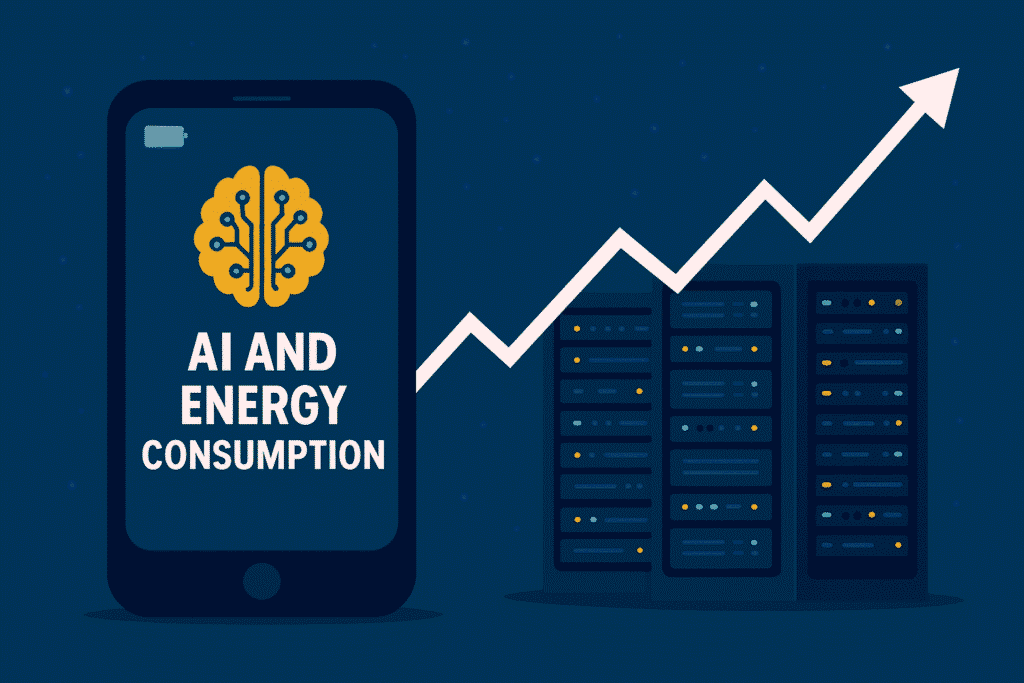The AI on your phone consumes more energy than you imagine.

Nowadays, having artificial intelligence (AI) on mobile devices is so commonplace that we barely even think about it. Voice assistants, instant translators, smart photo editors—all of these are powered by increasingly powerful AI models.
But behind that daily comfort there is a fact that few know: The AI on your smartphone consumes a huge amount of energy, and its impact goes far beyond your phone's battery.
How does AI work on your phone?
Every time you use features like facial recognition, text predictions, or automatic photo enhancements, your phone is processing data using AI models.
Some processes are done locally (within the device itself), but many others depend on external data centers, where giant servers perform calculations at astonishing speeds.
And here's the detail: those data centers They are true energy monsters.
The true energy cost of artificial intelligence
According to a recent report by the International Energy Agency (IEA), the electricity consumption of data centers could double by 2030, reaching figures equivalent to the current energy consumption of entire countries such as Japan.
The AI models that we use from our mobile phones, such as automatic translation systems or assistants like Siri or Alexa, depend on this massive processing.
This means that each AI request We do things that seem minimal (like asking your phone to translate a phrase or recommend a song), generate a small amount of energy consumption that, multiplied by billions of users around the world, translates into a huge impact.
Why should we care?
The expansion of AI is leading to a new pressure on power gridsIn fact, technology leaders in the United States have asked Congress to accelerate energy projects to support this growing demand.
Without increased energy production—or shifts toward more sustainable sources—uncontrolled use of AI could exacerbate the global energy crisis.
The most worrying thing is that this increase in demand not only affects the environment, but could also translate into more expensive electricity bills for everyone.
If energy companies need to build new plants or upgrade infrastructure to support data centers, those costs will sooner or later be passed on to consumers.
What is being done about it?
Companies like Amazon, Google, and Meta are looking for solutions. Some initiatives include:
Construction of energy-efficient data centers.
Investment in solar and wind energy.
Improving algorithms to make AI models less “hungry” for energy.
However, the growth of AI is so rapid that the current infrastructure is not prepared to support it in the long term. If urgent measures are not taken, we could see energy saturation problems in some countries in the coming years.

What can you do as a user?
Although the problem seems enormous, every little change counts:
Use your phone's AI features wisely.
Activate energy-saving modes whenever possible.
Prefer applications that offer local processing instead of relying on the cloud.
Support brands that invest in clean energy and sustainability projects.
Artificial intelligence is revolutionizing the way we live, but it also forces us to think about how we use technology and at what cost.
Next time you ask your phone for something, remember: AI is not invisible, its energy footprint is real and growing every day.




